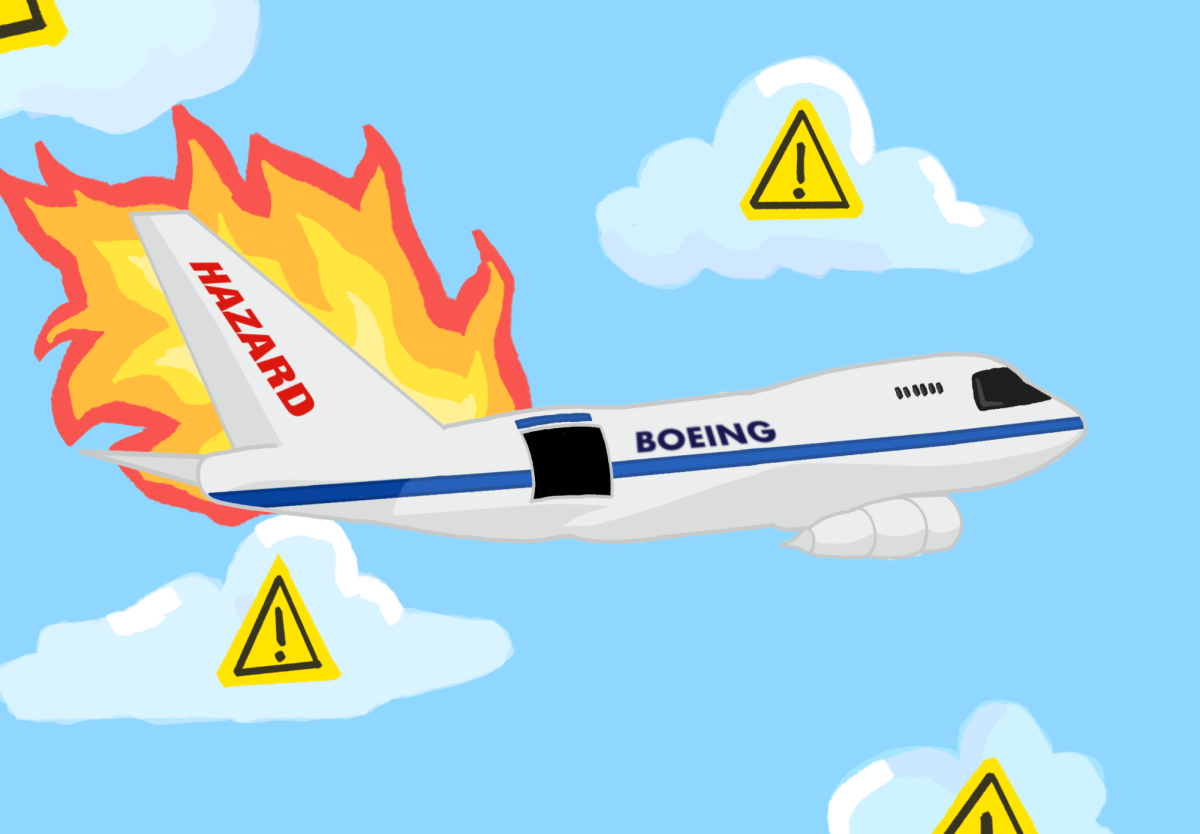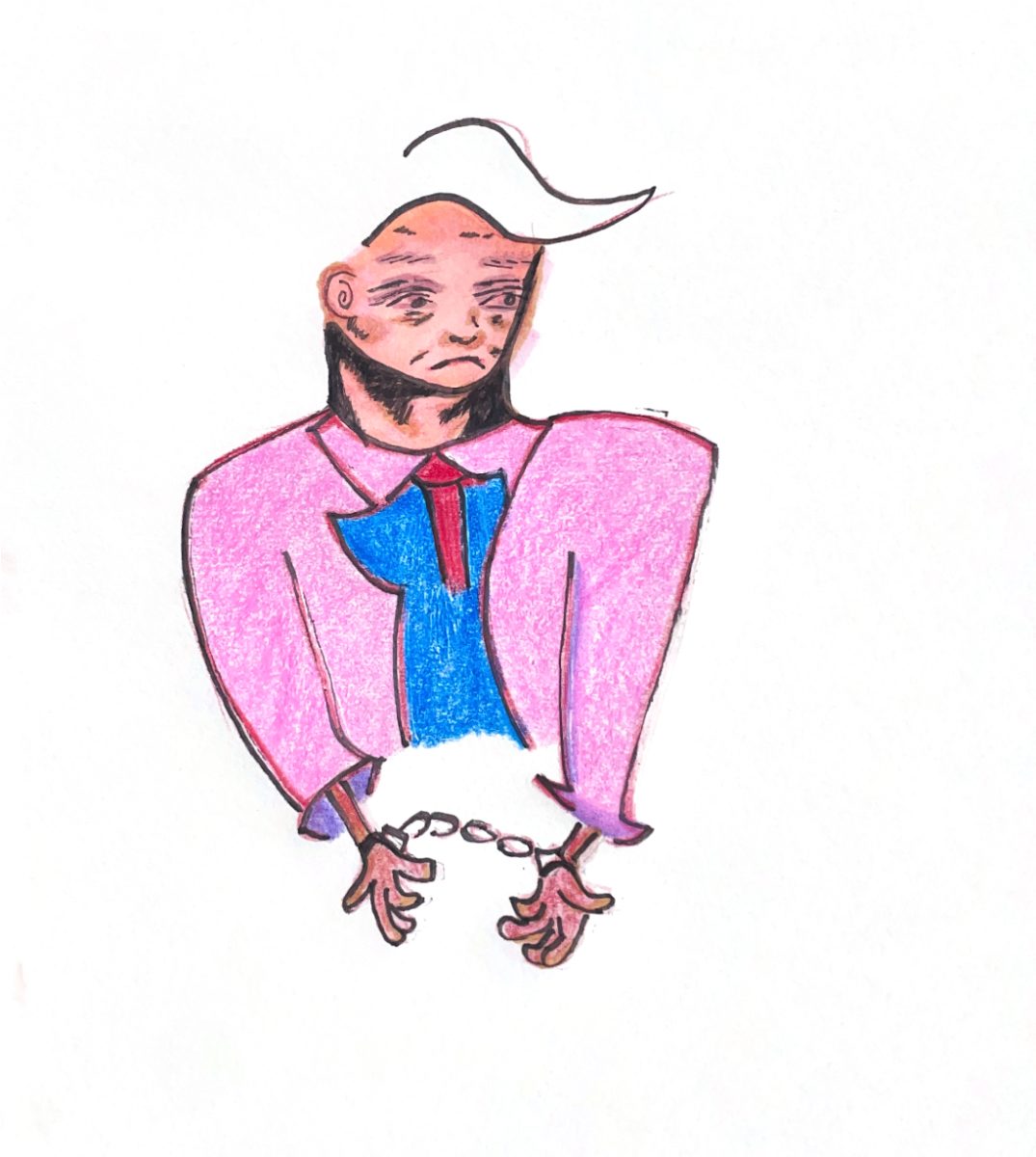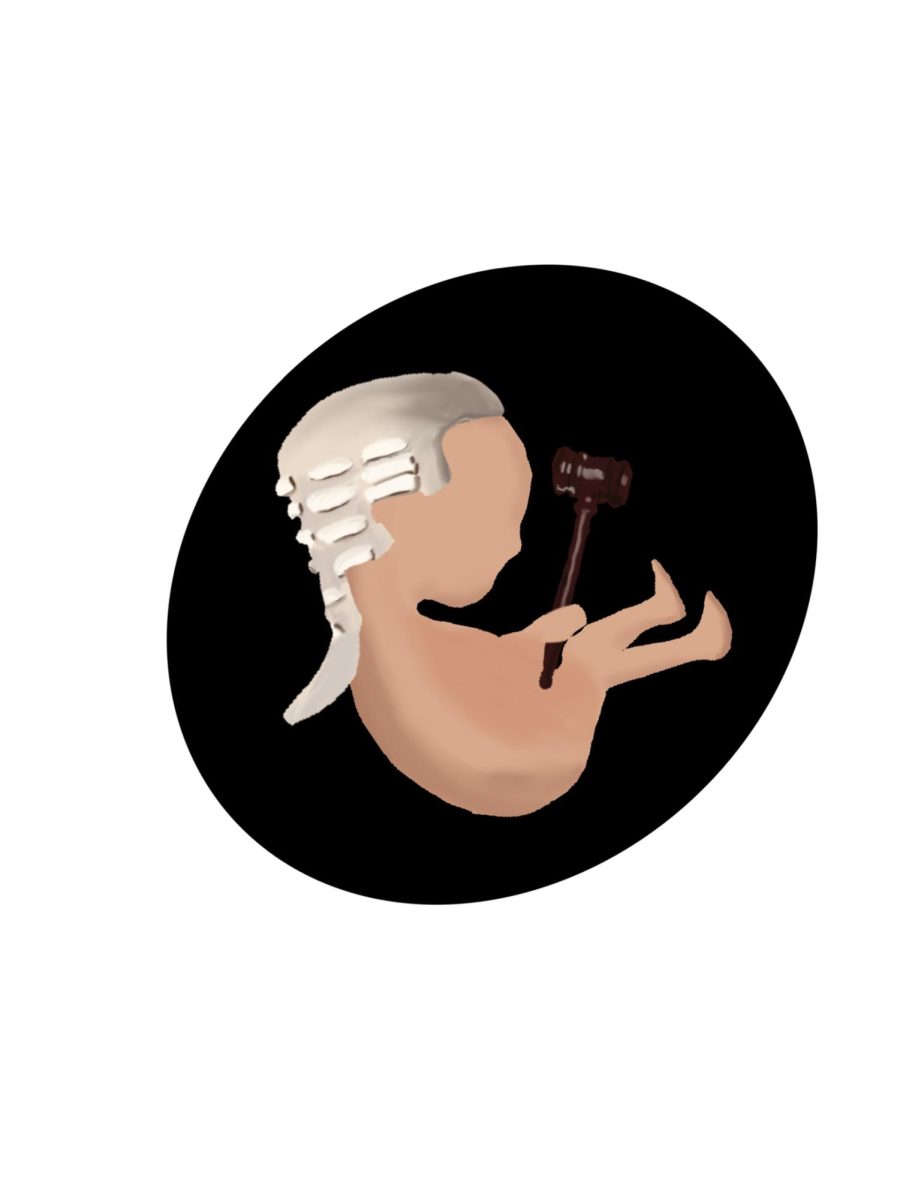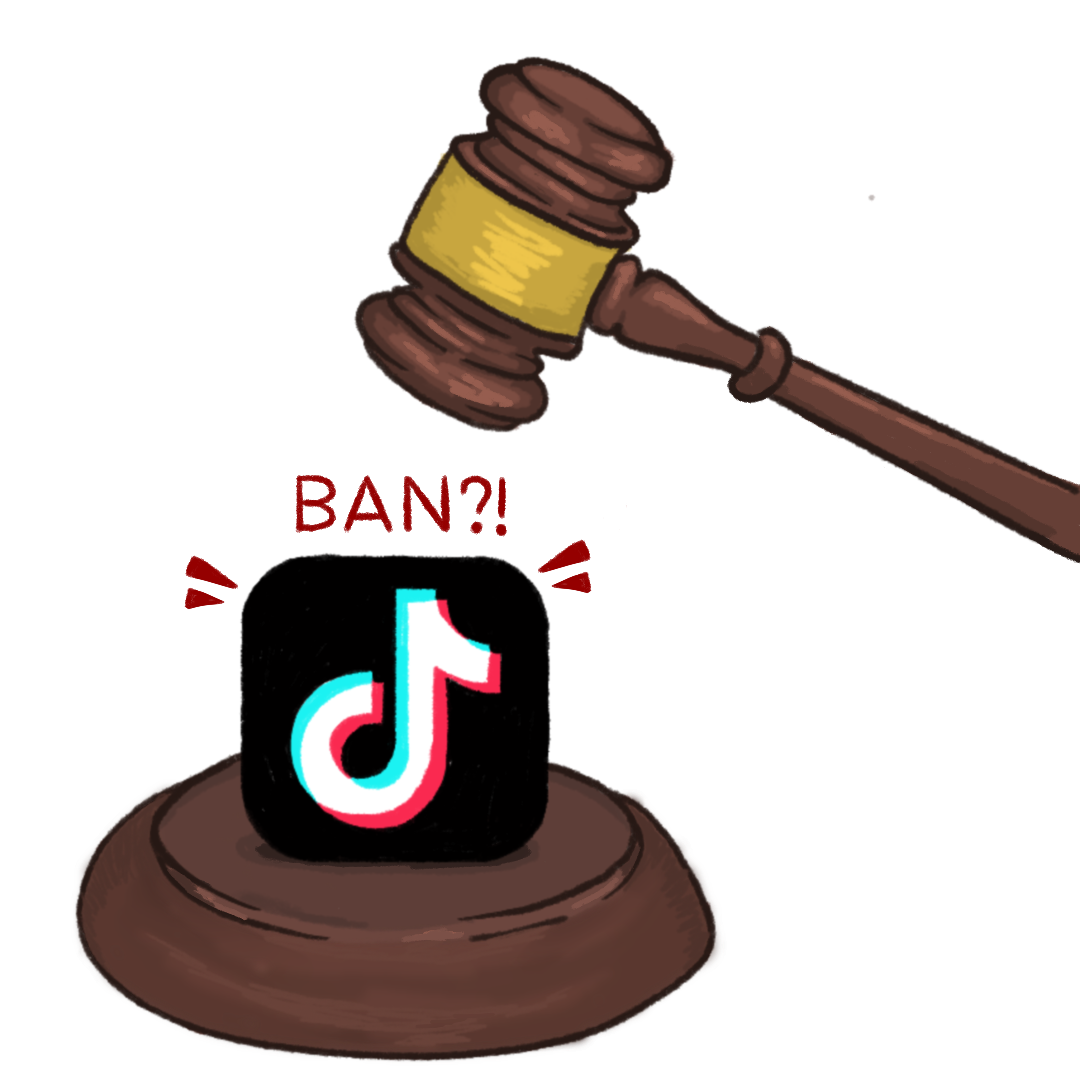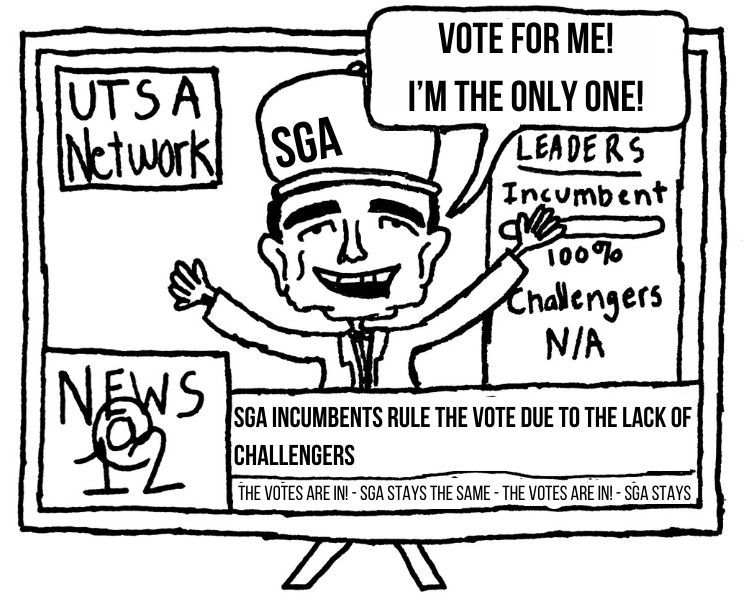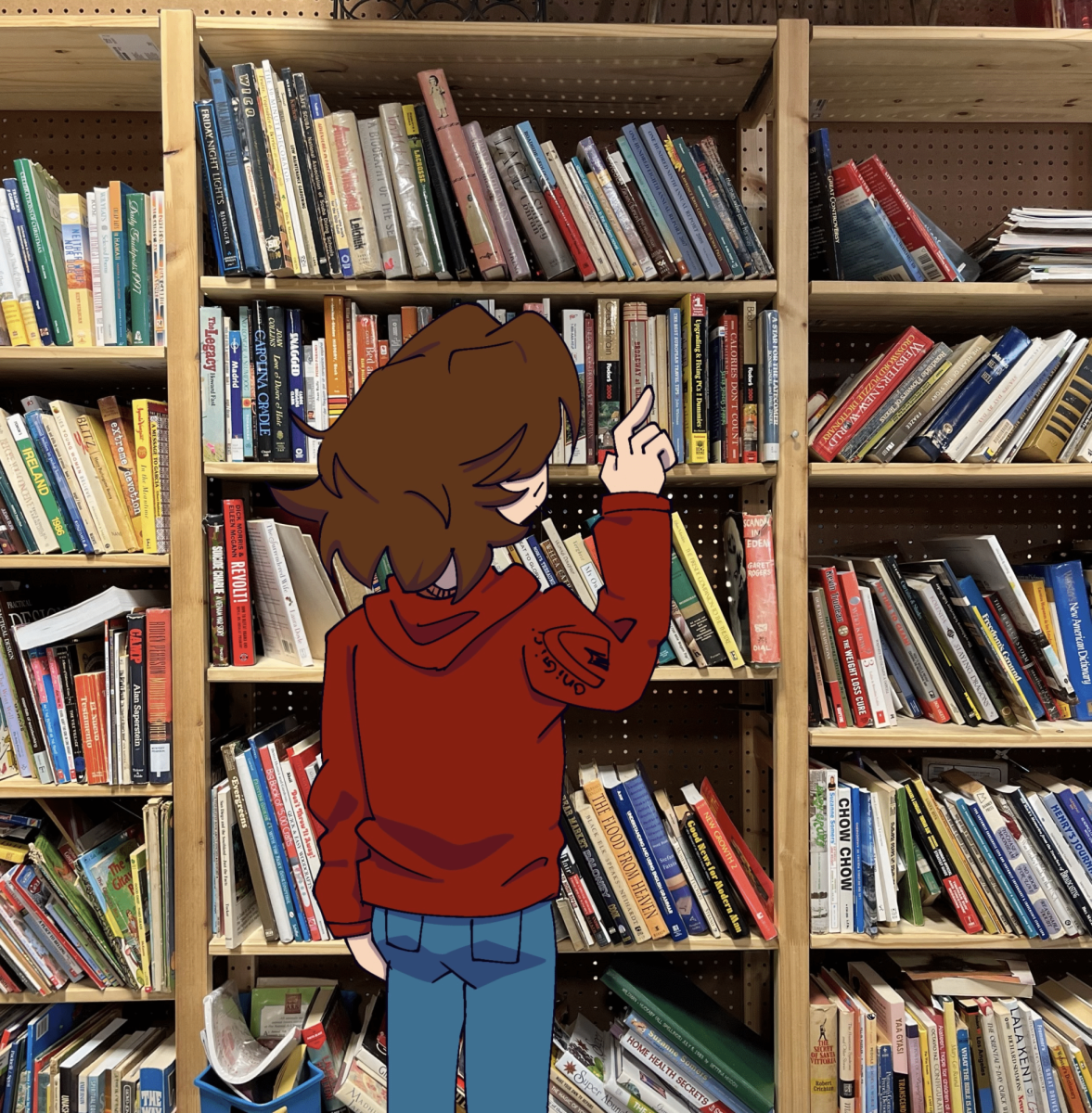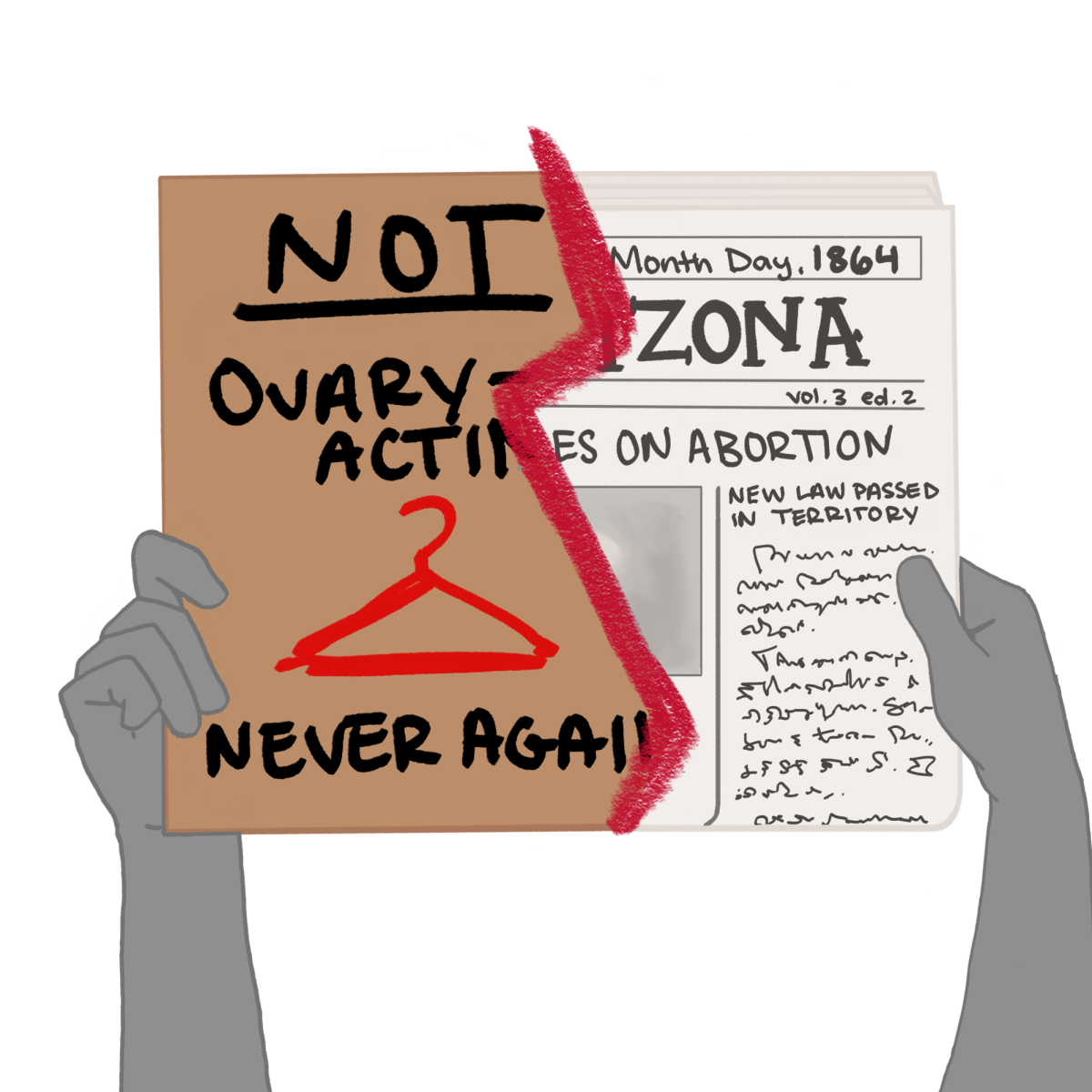On April 4 a quote from “A Song of Fire and Ice” author George R.R. Martin in The New Yorker left “Lost” co-creator and executive producer Damon Lindelof feeling angry enough to rant about it on Twitter.
In The New Yorker interview, Martin stated that he felt cheated by Lost’s ending, and didn’t want to “pull a Lost” and mess up the ending to “A Song of Fire and Ice.”
Since Lost has ended, Lindelof and Carlton Cuse, another executive producer for “Lost,” have expressed disappointment in how the ending was perceived by some fans.
This brings about the question: how much right to the material does an artist still have after it has been released?
Artists put pieces of themselves into what they create. Writers, musicians, painters, dancers and actors all pour out their souls into what they create, and if done right, it shows.
Once the art has been released it belongs to everyone. Any critic or fan can consume the art and perceive any way they see fit, which is what happened with “Lost.”
An artist should be prepared for criticism. If the art has been released to the public in any way it was created with the intention of finding an audience and hopefully finding appreciation. Otherwise, the artist should have just kept it for themselves and not released it.
Damon Lindelof should have been better prepared for the criticism, or chosen a better platform than ranting on Twitter.






